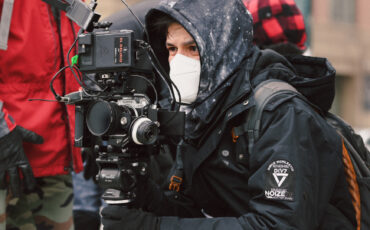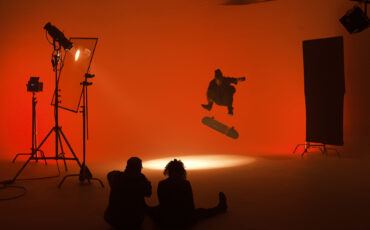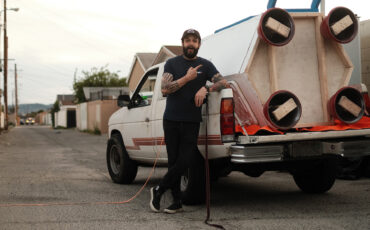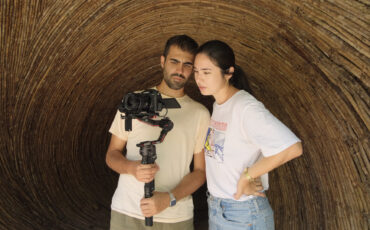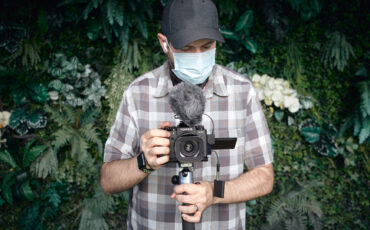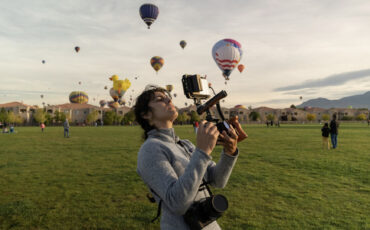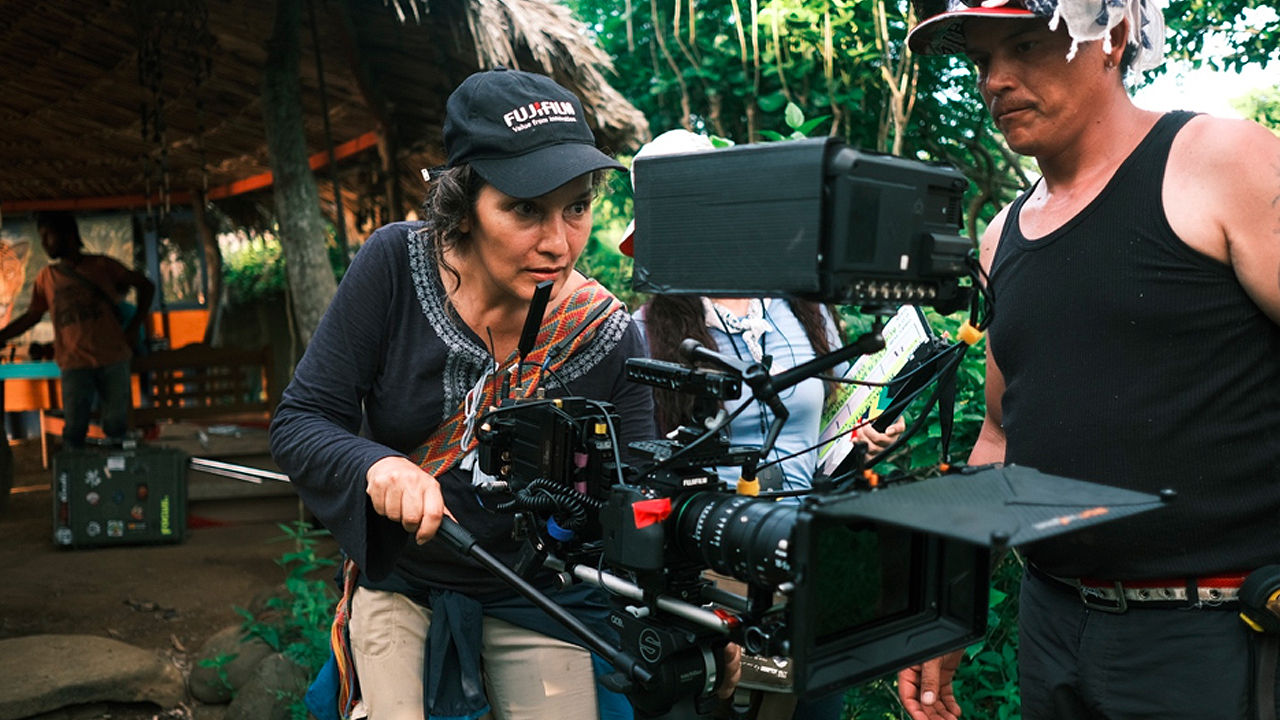
CineD is always searching for a way to connect creators and manufacturers – and, of course, to help filmmakers show their work. This is why we teamed up with FUJIFILM to show our filming community work that has been done with FUJIFILM cameras. Please meet Adriana Bernal Martínez, Colombia’s first official female cinematographer. “In the Spotlight” is proudly sponsored by FUJIFILM.
Today we present you the work of Adriana Bernal Martínez, a Director of Photography based in Bogotá (Colombia), who recently co-directed “REENCUENTRO”, a short film created with the FUJIFILM X-H2S mirrorless camera.
The film recounts the story of a brave female teacher who returns to her village to help the local community get back on its feet after a period of conflict. According to the trailer, which you can check out below, her mission is that of teaching her people how to live peacefully.
In the Spotlight With FUJIFILM – Adriana Bernal Martínez
Name: Adriana Bernal Martínez
Currently based in: Bogotá, Colombia
Language(s) spoken: Spanish (native), French (fluent), and English (medium level)
Occupation: Director of Photography
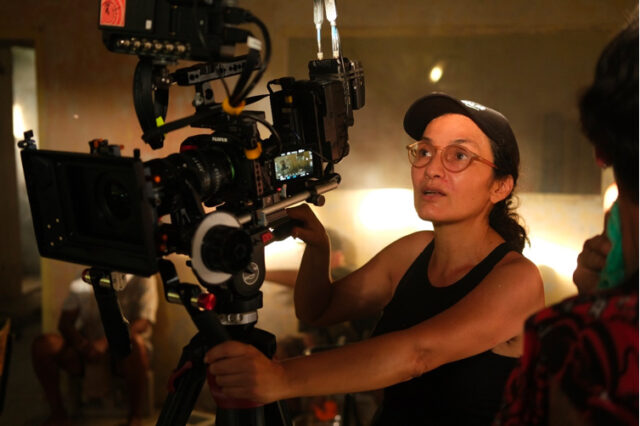
Q: How did you get started in our industry?
A: I studied at La FEMIS, an international film school in France, and then in 1998 I settled down in Colombia where I was the first female cinematographer to work professionally. In the beginning, because we didn’t really have a film industry, I worked in commercials and music videos, but with the development of the film industry in Colombia I was able to start working in TV shows and feature films.
Current assignments:
I am a cinematographer and sometimes I direct my own projects. I recently did the cinematography and co-direction of the short film REENCUENTRO, a preview of which is shown in this article, created with FUJIFILM equipment.
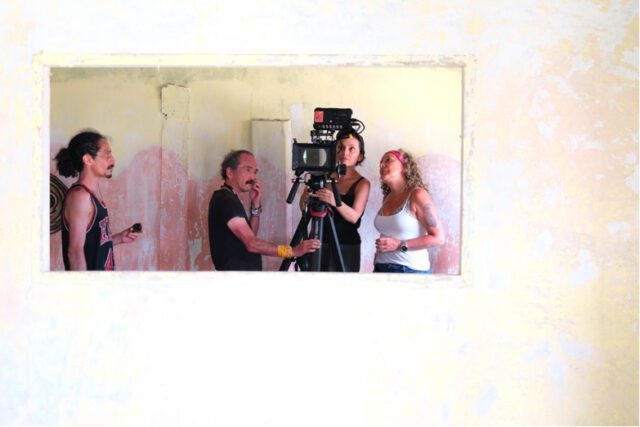
What types of productions do you mostly shoot?
Normally I work more for television series and documentary films.
What is your dream assignment/job in our industry and what are you really passionate about?
I’d like to make more films rather than TV shows. I would like to produce two feature film projects as I am first and foremost a filmmaker. I want to tell stories!
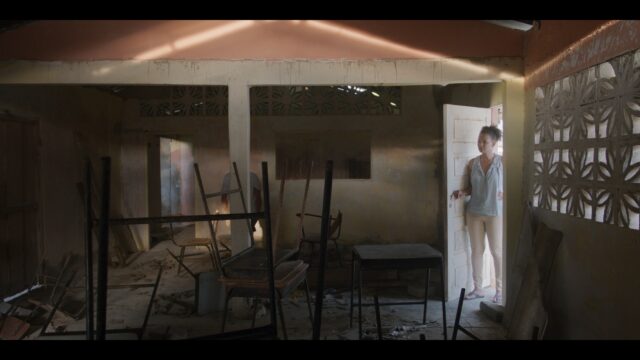
In the work that you are presenting us, now that it is done, what would you have done differently throughout the production?
I would probably reduce the number of scenes. I think that the hurry does not let you see the essential. We wanted to cover a broader story than what can normally be done in a short film, where the average is close to 10, max. 15 minutes. Although we knew that we only had three days to shoot, we (the two co-directors) decided not to cut scenes but to continue with the story as we had conceived it, which exceeded 20 minutes.
However, today I believe we achieved that by running around too much and in that sacrificing our well-being during the shoot. If I had to do it again, maybe I would reduce the story in order to have more time to reflect on each shot, give more time to the mise-en-scène and work with the actors. I believe that the relationship between execution time and quality will always be present in our profession.
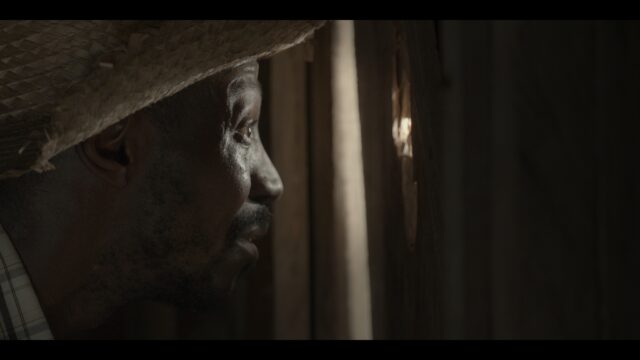
What current camera, lenses and sound equipment do you use?
The short film was shot with the FUJIFILM X-H2S camera, recording in ProRes 422 HQ 10-bit at 23.98fps with a shutter of 1/60 sec and two different ISO values: 1250, and 8000 in a night scene, using a bit of noise reduction afterwards in post-production. Also, I used the F-Log2 curve with a 4K DCI resolution (4096 x 2160) and an aspect ratio of 2:1.
For the lenses, we used the MK 18-55mm and 50-135mm zoom with FUJIFILM X-mount. I am really a fan of FUJIFILM/FUJINON products for filming. FUJIFILM has earned a place with its zooms. I believe that Premista lenses are widely accepted in the industry and I love them.
Also, for documentaries or lower budget fiction projects MK zooms are wonderful. Now, with the arrival of the X-H2S camera, I think that FUJIFILM gives us the opportunity to produce low-budget projects with very good quality, which in Latin America means being able to tell stories.
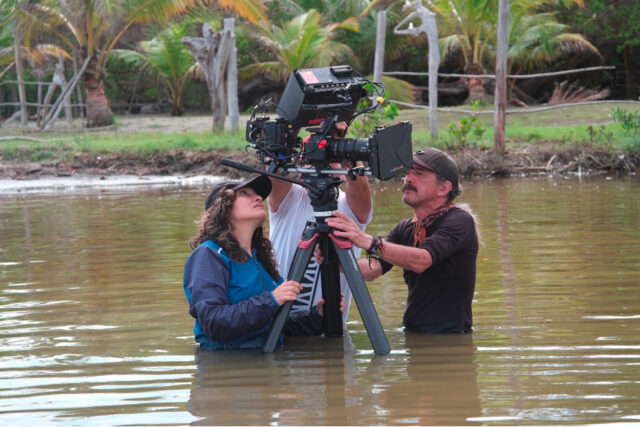
You chose to shoot your project with the FUJIFILM X-H2S camera. Did you impose on yourself any limitations like not shooting with a tripod?
The movie we filmed was fiction and we intended to have a very cinematographic aesthetic. That’s why the tripod was normally used in a very classical way, and there was some lighting added when the location conditions were difficult. The camera was dressed with a complete matte box and battery adapters as in any professional shooting.
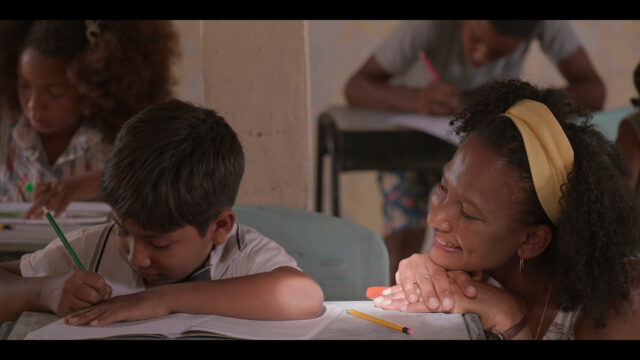
What’s your favorite lighting equipment and why did you choose that kit over other solutions?
In this case, we used battery LED lights (Carpetino Carpet Light, NANLITE Forza 300B with Lantern Softbox LT-80, and PavoTube 15C x 4 RGB tubes). I used dedolight Lightstream mirrors to bounce sun and natural light, because we were in a remote site, almost like a jungle, where we had little access to electrical current. I also used a fog machine to create the atmosphere of the abandoned school.
Do you use drones/gimbals in your productions? If so, what is the most effective way you’ve found of deploying them?
No, I don’t use them.
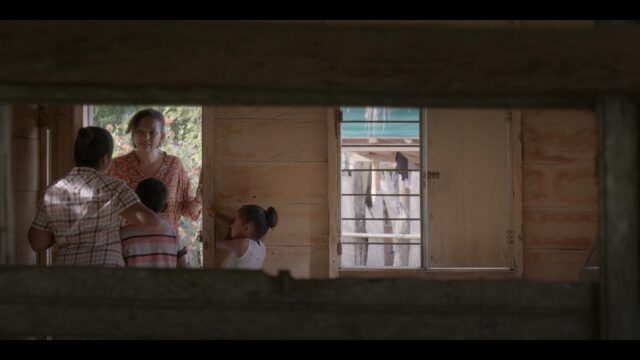
What editing systems do you use and are you satisfied working with them?
I am very satisfied having worked with DaVinci Resolve 17. Cecilia Vásquez (co-director) and I were present during all editing with Jorge Román, our editor and colorist. The process was very fluent and we took less than a week to finish the first cut. Obviously, we worked much longer afterward, but all in all the process was really fluent.
How much of your work do you shoot in “flat picture profile” and what is your preferred way of color correcting?
I shoot everything in F-Log2 and we use the ACES 1.3 workflow within DaVinci Resolve. We work in HDR P3 D65 with Gamma 2084 PQ. The noise reduction was applied in post-production, and we didn’t use in-camera noise reduction, although it is available. I always work by hand with the colorist and if I have the opportunity I also assist in all processes. In this case, I didn’t, but for TV shows, for example, I start the work with the colorist in pre-production, creating LUTs to have on set during the project.
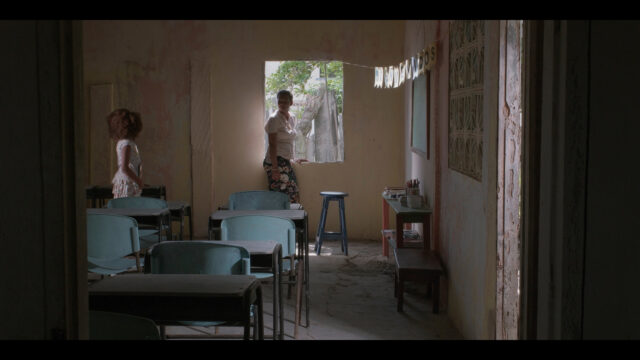
How frequently do you travel and do you have any tips when it comes to packing your gear?
I regularly have jobs out of the city in places that could be described as difficult to film in. However, what I pack is dependent on the budget and characteristics of each project. While it’s delightful to lighten our load and not pack large amounts of heavy gear, sometimes the project requires a lot of equipment.
Links: FUJIFILM Site | “REENCUENTRO” Trailer, Behind the Scenes & Website | Adriana Bernal Martínez’s Website & Vimeo
Full disclosure: This “In The Spotlight” series of interviews is sponsored by FUJIFILM.
